Memento Mori: Remember That You Die
It’s fall, and time is ticking. Leaves are falling. Days are getting shorter and the nights colder. You might still have a few Halloween decorations to take down. If there ever was a good time to break out the black nail polish and embrace your inner goth it probably is now. Let’s look at one of the most important tropes in art history: the memento mori.
Memento mori literally means “remember death” or “remember that you die”, and is an artwork designed to remind viewers of their own mortality. The most common motif is a human skull but this is sometimes accompanied by bones, an hourglass or wilting flowers. These objects highlight the passing of time and the impermanence of life. In the example below a skull sits beneath a brilliant pair of wings (one angelic and one demonic) and a scale. The message the artist is illustrating is simple and clear. Life is short, you will die and your soul will be judged.
It is said that in Roman and early Christian times, a slave would accompany a general giving a victory speech. Occasionally the slave would whisper in the general’s ear and remind him of his own mortality. Whether true or not, this humbling act mirrors the intention of the centuries of memento mori art that would follow. In Renaissance Europe, the wealthy adorned their tombs with skeletal depictions of what their bodies would become. Their tombs served as a reminder of the vanity of human riches and the ephemerality of life. In the late 16th and 17th centuries memento mori jewelry became popular. Rings, lockets and brooches were decorated with skulls, bones or tiny coffins.
A contemporary example of memento mori is The Addams Family (1991). The film is more than a comedy of a rather freakish family. It is also an interesting study of a group of people that have an unusual relationship toward wealth, time and death. The Addamses care much more about family than material possessions and maintain strong connections with their deceased ancestors. They hold seances and literally dig up the bodies of their relatives in order to ‘wake the dead’. The family truly embodies the idea that the soul extends beyond the confines of the body. Additionally, unlike society’s general mindset of fear toward death the family embraces death as an essential part of existence.
One historically popular variation of memento mori is The Dance of Death (Danse Macabre). In this series of illustrations a skeletal figure leads everyone, rich or poor, to their graves. If you’d like to learn more about the Dance of Death check out our post about it. We also just completed this gorgeous collection of 16 vectors.
You might also enjoy these wacky skeleton sketches by Dr. Louis Crusius. Arguably more comical than memento mori, these illustrations by an American doctor and pharmacist represent various occupations in 19th century society with skeletons. Need more info? Learn about these drawings here.


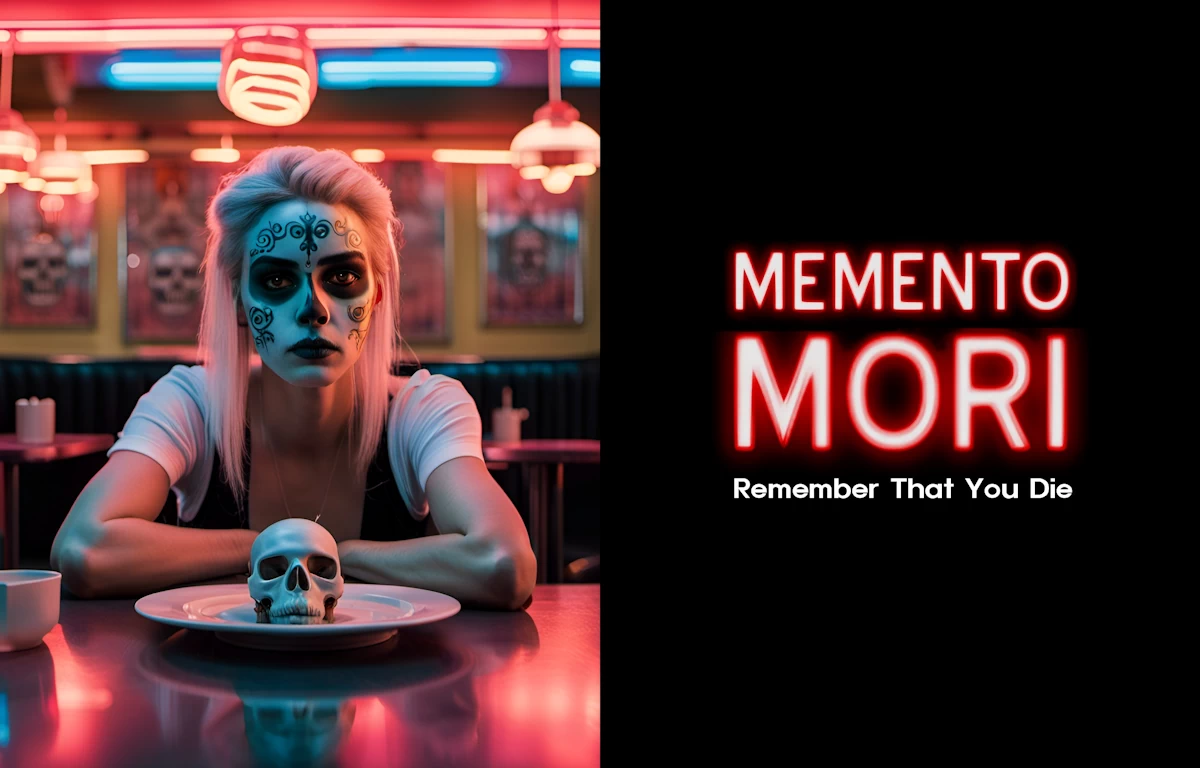
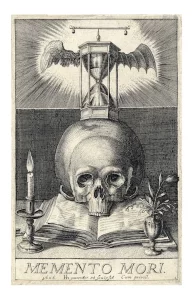
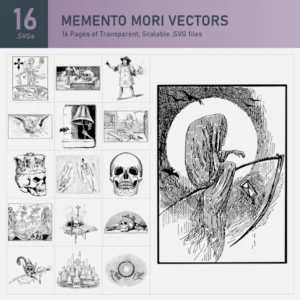
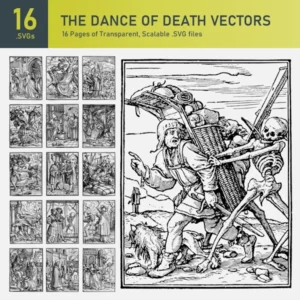
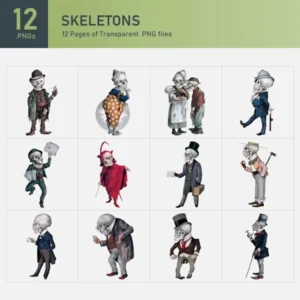

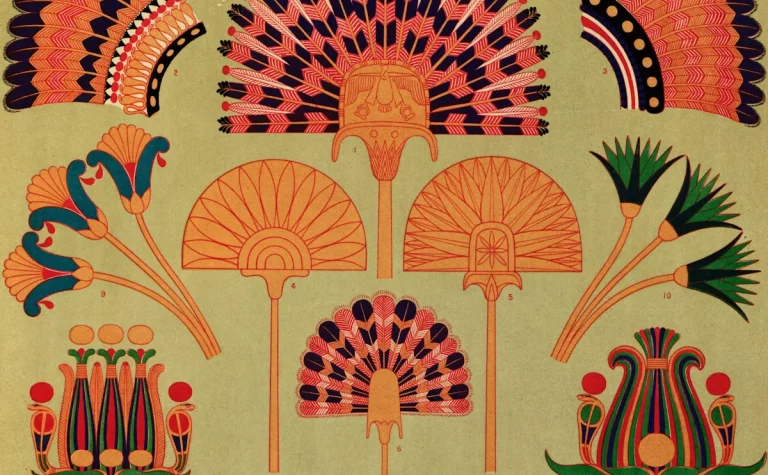
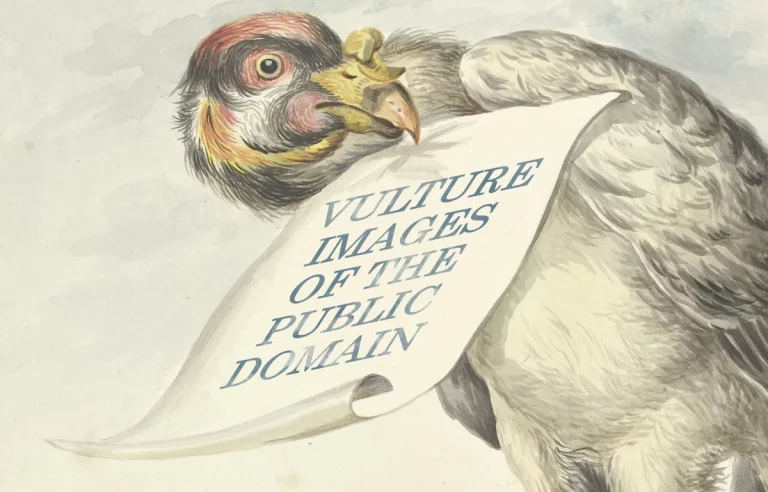
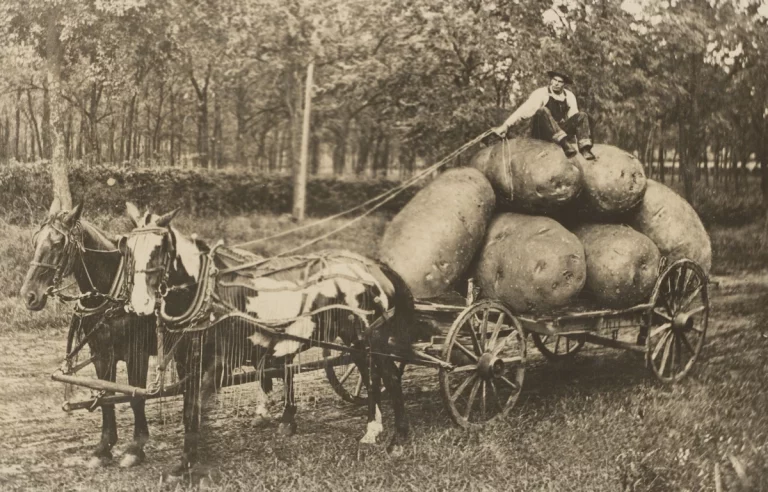
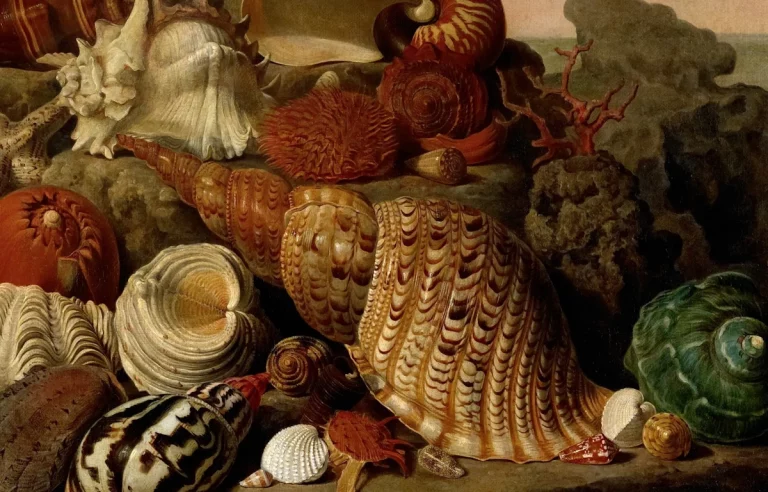
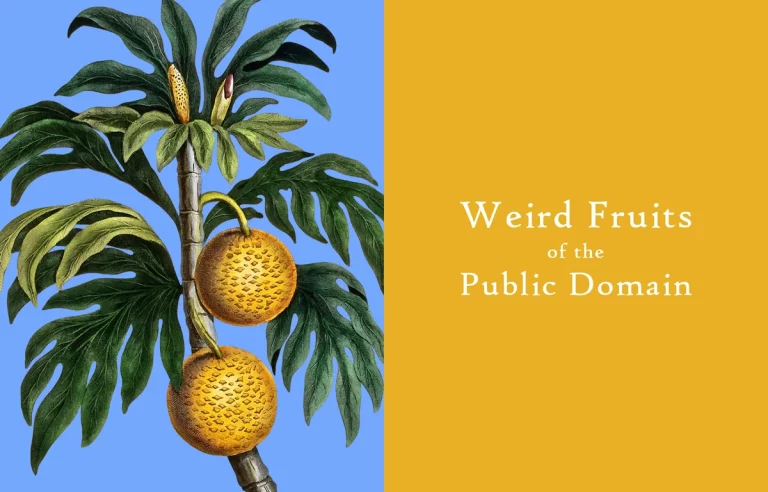
One Comment
Comments are closed.